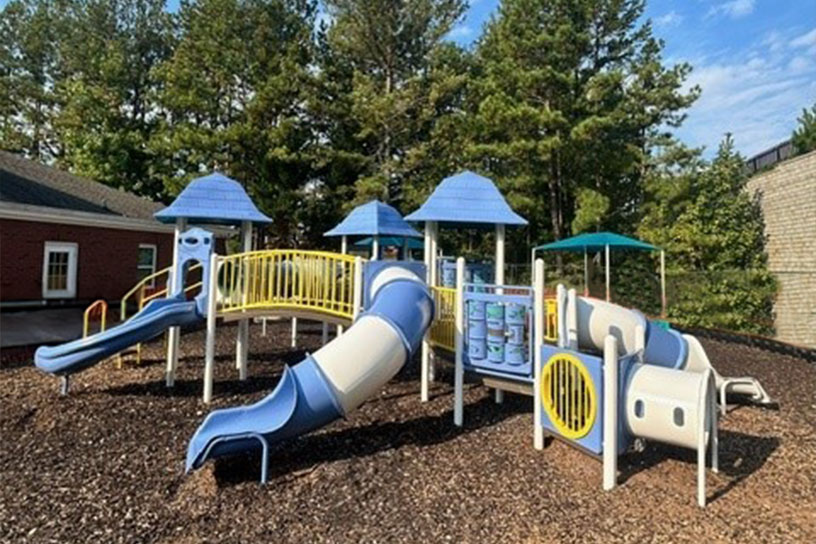At Playground Guardian, we spend most of our time helping playground owners and managers inspect and maintain their equipment. However, our expertise also extends to other park components like metal bleachers and benches, stadium and grandstand seating, and portable and collapsible bleachers.
Today we’re discussing everything you need to know about bleacher safety regulations, from inspection requirements to accessibility and beyond.
Who Is In Charge of Bleacher Safety Regulations?
Just like with playgrounds, bleacher safety regulations are put out by the Consumer Product Safety Commission. However, unlike with playgrounds, there is no definitive certification for inspectors, which can make following these guidelines a little trickier.
Bleacher Inspection Checklist: What to Look For
Without regular inspection, bleachers can become a major safety hazard on your property. While we recommend formal inspections quarterly or annually (depending on usage) you should visually inspect your bleachers more regularly.
If you manage a park, stadium, or sports complex, being familiar with the most common safety hazards can help you identify issues sooner while preventing catastrophic events. Here are a few of the most common bleacher safety regulations and issues to be aware of.
Bleacher Safety Issues
Being able to easily identify bleacher safety hazards is the best way to keep your bleachers in good condition. During your inspections, look for:
- Loose or missing hardware for cross-braces and frame connections
- Cracked or broken welds
- Solid anchoring or attachment to ground surfaces
- Bent or warped benches
- Sharp edges from damage
- Missing or damaged safety end caps
- Rust and signs of environmental stressors
Bleacher Accessibility Issues
Another common safety hazard we see with bleachers is a lack of proper accessibility and ADA compliance. These issues can be both dangerous and exclusionary of people with disabilities. So, here are a few bleacher safety regulations to keep in mind with respect to accessibility:
- Adequate aisle width for wheelchairs and other mobility equipment
- Proper handrail locations
- Wheelchair seating areas with room for companions on all levels
- Ramps and/or elevators (depending on the size and height of your bleachers/stadium)
If you’re still concerned about the accessibility of your bleachers, an ADA compliance assessment is a good next step.
Improving Your Regular Bleacher Inspections
Knowing what to look for is a great first step at improving the safety of your bleachers. But, it may not be enough to keep your space safe long-term. That’s why we created Park Protector, so we could help playground owners across the country.
Park Protector is a software you can access on your computer, tablet, or even smartphone that guides you through the inspection process. It’s trusted by over 5000 parks and playgrounds across the country to keep children safe at play. And, it also allows you to save detailed records of your inspections and repairs for compliance and insurance documentation.
Interested in seeing how Park Protector works? Schedule a free demo to see it in action.
Bleacher Maintenance & Repair
Inspections often turn up new work, from minor maintenance to major repairs. But, many park, stadium, and sports complex managers don’t know where to begin or how to manage these issues with respect to bleacher safety guidelines.
The good news is that Playground Guardian can help, whether you need a little assistance or a lot! Our Park Protector software helps you report on weather damage and other hazards, create work orders, and schedule repairs within your team.






